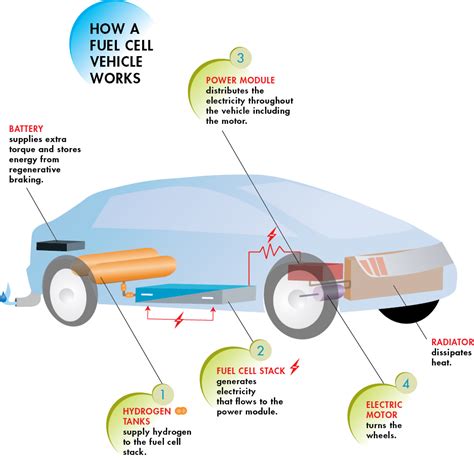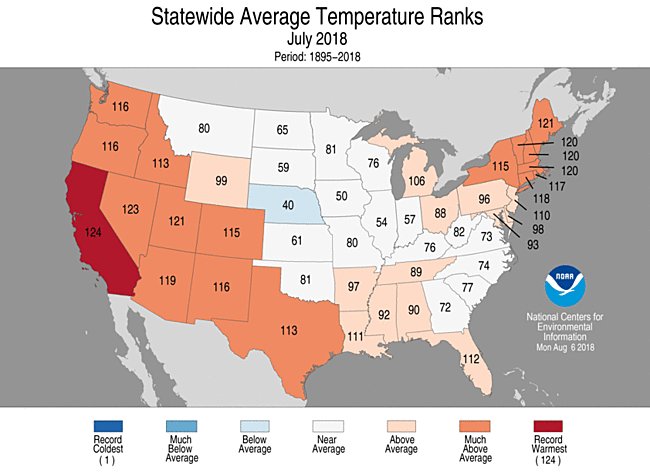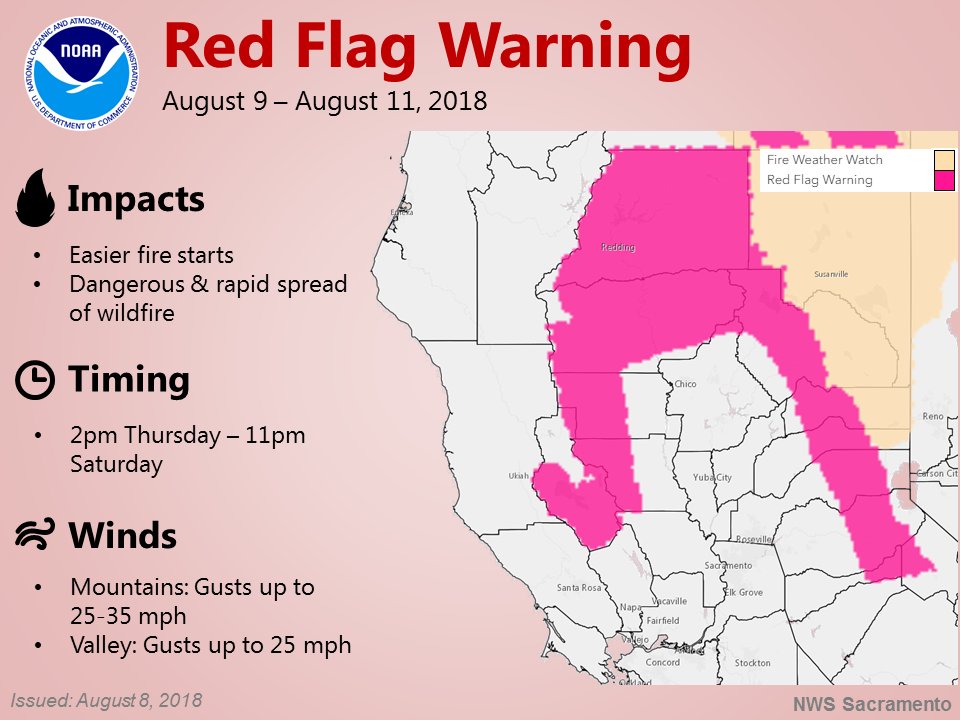Wednesday August 8th… Dear Diary. The main purpose of this ongoing post will be to track United States extreme or record temperatures related to climate change. Any reports I see of ETs will be listed below the main topic of the day. I’ll refer to extreme or record temperatures as ETs (not extraterrestrials)😊. Here is today’s main climate change related topic:
Utilizing Resources- Hydrogen and Cobalt
Yesterday I called on the next President of the U.S. to develop and implement a new Marshall Plan to totally make our infrastructure and transportation systems green, going into a World War III against climate change. Logically once (and ever if) that decision has been made, what is the best way to win the new war? By the middle and end of World War II the allied powers won that war by utilizing air power much more than the ground game via tanks and armies. It was allied bombs that destroyed the Axis industrial and military complexes much more than battleships. So, too we need to think smartly, utilizing resources in this new war which will expend the least amount of energy and put very little if any carbon in the atmosphere.
Before getting started with today’s post let me make it clear that I was trained to be a meteorologist, having very little experience with physics and chemistry of materials, so I am reporting the best science at my disposal. Debating and civilly discussing the best way forward to battle climate change is what I intend for this site, which will be an educational process not only for me, but I hope for you the reader.
Let’s look at transportation first. In a real sense the market and industry has already given electric vehicles powered by batteries utilizing cobalt a huge head start over hydrogen powered vehicles. Solar powered vehicles are possible, but are for the most part still on the proverbial drawing board. Looking back through my “Extreme Temperature Diary” I first brought up this subject on April 7th, 2018:
https://guyonclimate.com/2018/04/09/extreme-temperature-diary-april-9-2018-topic-hydrogen-as-a-fuel/
Here is most of that post:
Around the dawn of the 21st century I heard a lot about hydrogen being a good alternative for fossil fuels in cars. Gradually electrics filled that void, so I saw less news about automobile companies coming up with new vehicle designs to employ the hydrogen fuel cell. Last week I did see one more though:
https://www.msn.com/en-us/autos/autos-hybrids/2019-hyundai-nexo/ar-AAvyNWQ?ocid=spartandhp&pfr=1
The article that I’ve referred to doesn’t mention climate change, just the fact that fossil fuels are a finite source of energy. This article brings up a good point which I will quote:
“If you eliminate infrastructure issues from consideration for a moment, utilizing the most abundant element in the universe, hydrogen, as an energy source makes a lot of sense. Hydrogen as a vehicular fuel, according to Hyundai, is also a question of when. Unlike energy-storage devices such as batteries or capacitors, once H2 is captured and pressurized, the losses are minimal. Storing 100 kilowatt-hours in a battery for a year is impossible because the state of charge drops over time. Fuel cells do lose some efficiency in cold climates, but not nearly as dramatically as one will encounter with batteries. Yes, pressurized hydrogen can be dangerous. However, there are other ways to store hydrogen for long durations—in ammonia, for example—that involve less risk.”

At $55,000 the 2019 Hyundai Nexo is pretty pricey, so for the next several years even the all electric but cheaper Tesla models will probably be more popular with the public. Being someone who thinks that some capitalism should get us out of climate change mess I welcome competition to bring cost of alternative solutions down. P.S. Elon Musk, the CEO of Tesla really frowns on hydrogen fuel cells. Yet, the hydrogen fuel cell might be another tool in the toolkit to help solve the climate crisis. Here is more science behind the fuel cell stack:

Yesterday I learned that two of my best climate friends, who are much more familiar with materials than the old Climate Guy, had very different views on hydrogen vs. mining cobalt and zinc to build electrics. Here are some of their quotes. Please folks notify me if you want me to post additional points. First, here is what some of Robert Fanney wrote being pro Tesla thinking that cobalt built electrics are the best answer:
“It’s worth noting that HCVs are at least 8 years behind EVs in the development change and renewable hydrogen is at least 15 years behind wind and solar if not more. Also there are only 500 miles of pipes rated for hydrogen in the US. But EVs have all the electrical grid to draw from, can charge at home, at work, and have an expanding charging station infrastructure to draw from.”
(As usual, this will be a fluid post in which more information gets added during the day as it crosses my radar, crediting all who have put it on-line.)
…………………………………………………………………………………….
Tomorrow there will be a cooling trend in the South and East:

The Pacific Northwest will get much hotter.
Here is some of today’s climate change related news:
 NOAA NCEI ClimateVerified account @NOAANCEIclimate
NOAA NCEI ClimateVerified account @NOAANCEIclimate

Trending now on YouTube  Study suggests Earth may enter Hothouse Climate State
Study suggests Earth may enter Hothouse Climate State  https://www.youtube.com/watch?v=G6pzhBe7P00 … ~300 views per hour with
https://www.youtube.com/watch?v=G6pzhBe7P00 … ~300 views per hour with #LesterBrown @MichaelEMann @realDonaldTrump @jrockstrom
 NWS SacramentoVerified account @NWSSacramento
NWS SacramentoVerified account @NWSSacramento


 Dr. Daniel SwainVerified account @Weather_West
Dr. Daniel SwainVerified account @Weather_West
Coastal Los Angeles County actually broke daily records by a pretty wide margin in some spots…94 is extremely hot for LAX, which is right on the coast! Also very muggy w/ high heat indices for CA–dewpoints locally 65-70 deg! #CAwx #LAheat
(If you like these posts and my work please contribute via the PayPal widget, which has recently been added to this site. Thanks in advance for any support.)
The Climate Guy


These are the sites I know pay for online writing articles.
Confident it starts with the term or phrase that you’re
targeting. I hope you have gleaned some useful information on writing good articles. http://Inlinkz.com/new/luAddLink.php?id=437503&cookie=53c3bfb34cc0a&ref=http%3A%2F%2Fkasino.games%2Fdownloads%2F318-download-ace333